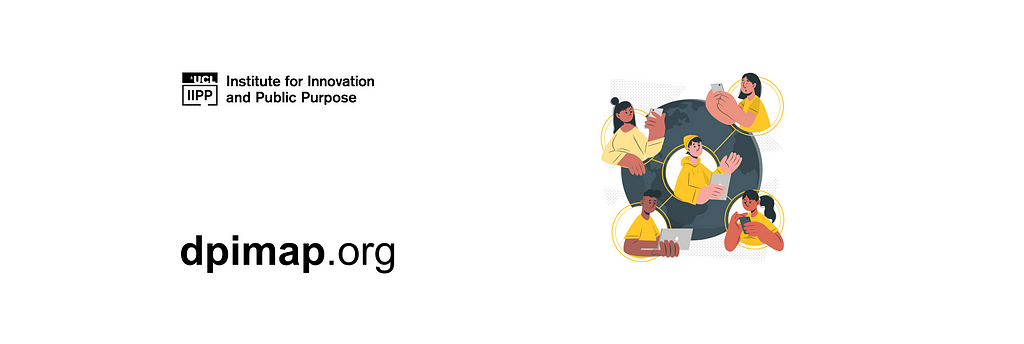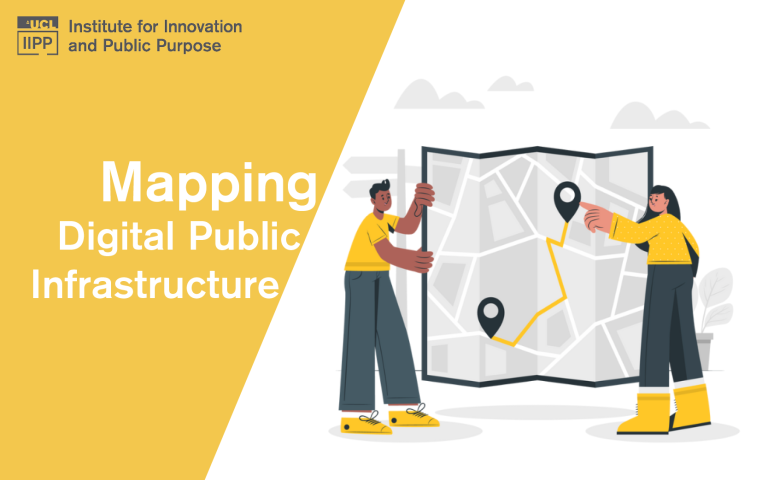
By David Eaves and Krisstina Rao
Last month (June of 2024), we launched the DPI Map — the first comprehensive view of the state of digital identity, digital payments and data exchanges across the world.
This work started — in part — because there was little understanding of how many countries had adopted Digital Public Infrastructure (DPI) around the world. Given the growing interest by policymakers, multilateral funders, public officials and public interests advocates, we hypothesized that a “map” of DPI could help create a baseline understanding of what is happening, and more importantly, help serve as a foundation for both future research and community on this topic.
And while early successes suggest that that hypothesis has been validated we’ve been so busy with outreach that we’ve not had much chance to share any emerging insights from the initial DPI map we’ve published. This blog post seeks to change that!
Caveats
Before we begin sharing the exciting insights we’ve gleaned so far, there are two important pieces of information to share.
